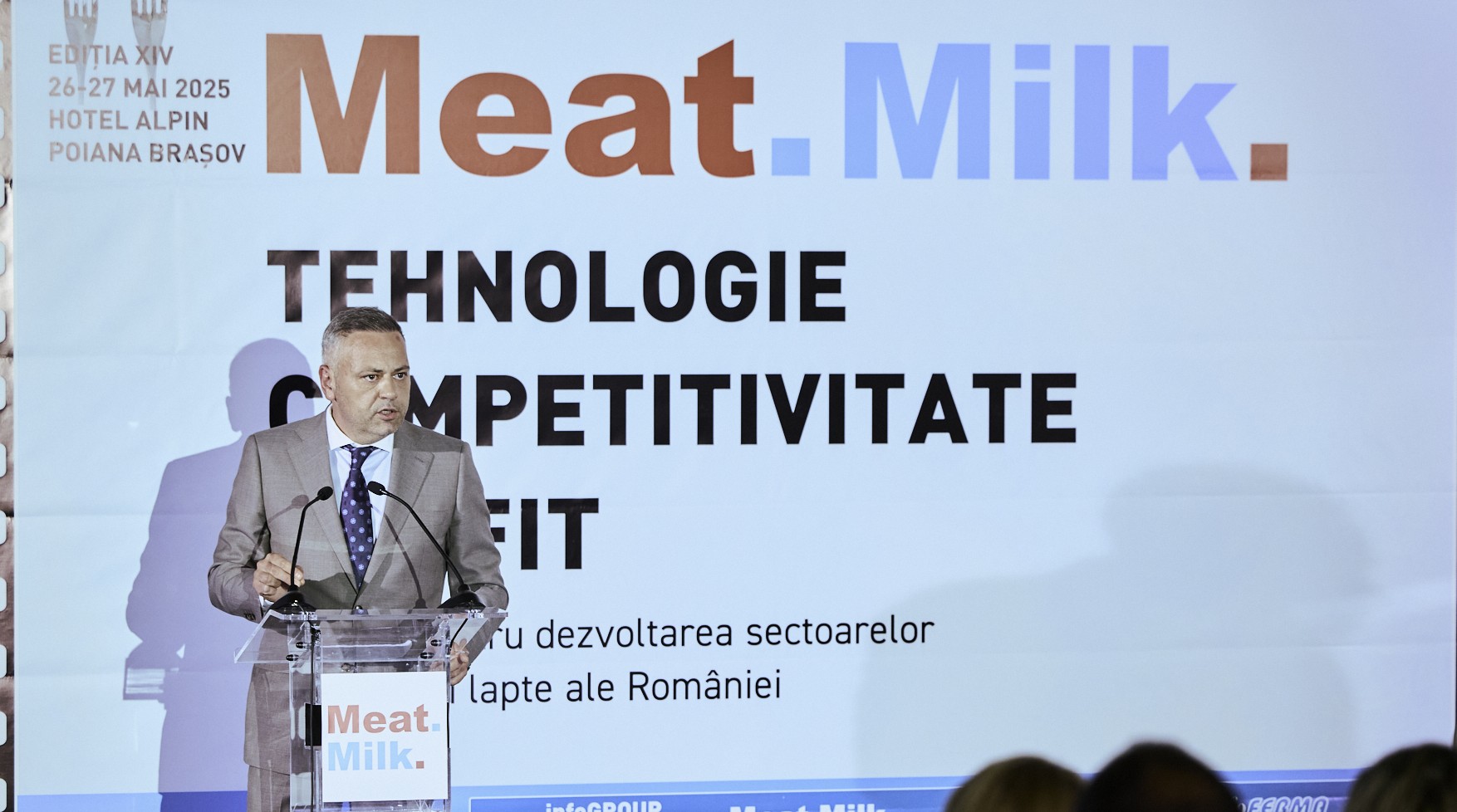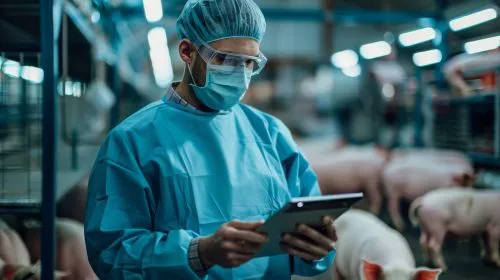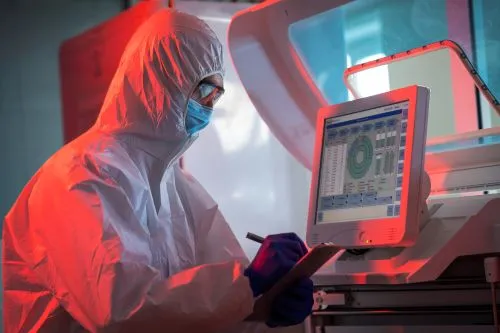2373

The Ministry of Agriculture and Rural Development (MADR) will launch in October 2025 a new intervention under the CAP 2023–2027 National Strategic Plan, aimed at strengthening agricultural holdings. The measure provides non-reimbursable public support of up to €200,000 per project, with a 100% funding rate, and is open to both young farmers and those over 40 years of age. “Funding is available to all farmers who wish to modernize their holdings and become competitive on both domestic and foreign markets,” stated Minister of Agriculture Florin Barbu during a meeting with agricultural producers in Satu Mare County.
According to the draft Applicant’s Guide published on the MADR website, eligible beneficiaries include sole traders, individual and family enterprises, commercial companies, and agricultural cooperatives. Eligible investments cover the purchase of high-performance agricultural machinery and equipment, the construction and modernization of production and storage facilities, the implementation of on-farm irrigation systems, as well as the adoption of digital technologies for crop and livestock monitoring.
The application process will be carried out through the Agency for the Financing of Rural Investments (AFIR), and project selection will be based on criteria such as the level of innovation, the increase in the added value of production, integration into value chains, and contribution to environmental and climate objectives.
The context justifies the need for this measure: data from Eurostat and the National Institute of Statistics (INS) show that over 90% of Romania’s agricultural holdings are under 10 hectares, and average productivity is approximately 35% lower than the European Union average. In this regard, the intervention seeks to reduce the technological gap, increase production capacity, and align with European standards on sustainability.
MADR and AFIR have announced that they will organize county-level information campaigns, including technical training sessions for farmers, to maximize fund absorption. The October launch is designed to complement other forms of support—direct subsidies, de minimis aid, and investments through other programs—creating an integrated package for the modernization of the agricultural sector. If properly implemented, this scheme could accelerate the transition to a more efficient agriculture, capable of meeting market demands and the requirements of the Common Agricultural Policy.




